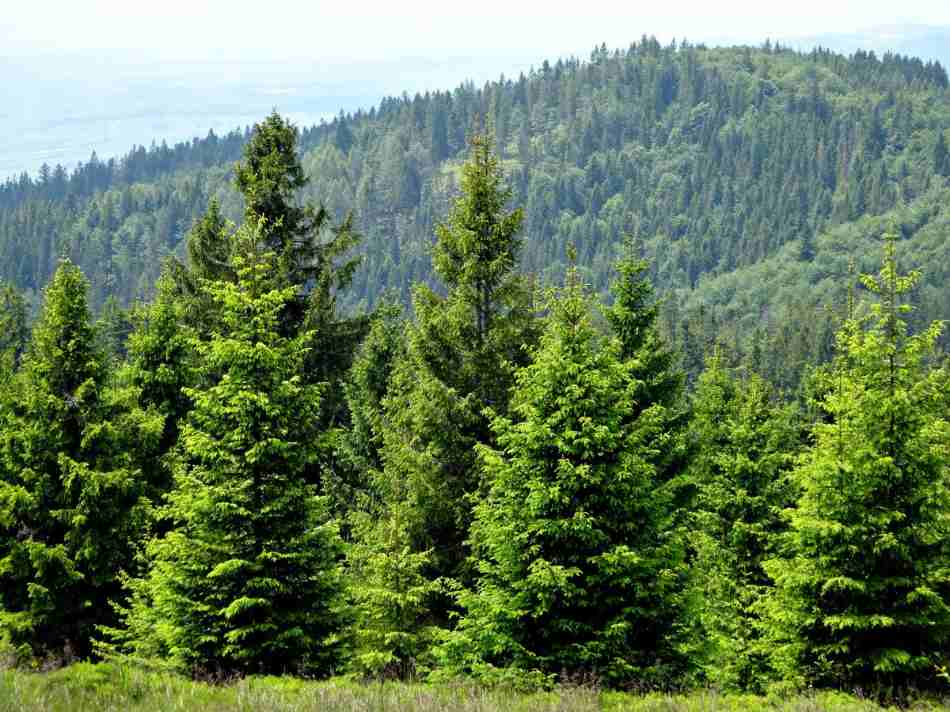Medieval monks’ unanticipated involvement in the field of volcanology

During the Middle Ages, monks unknowingly documented some of the most significant volcanic eruptions in history by observing the night sky. To pinpoint the dates of these events, an international team of researchers analyzed 12th and 13th century chronicles from Europe and the Middle East, as well as ice core and tree ring data. As a result, they were able to accurately date some of the largest volcanic eruptions in recorded history.

Over a span of almost five years, researchers scrutinized numerous annals and chronicles from Europe and the Middle East, seeking out any mentions of total lunar eclipses and their coloration. During a total lunar eclipse, the moon moves into the Earth’s shadow, and typically appears as a reddish orb due to sunlight being refracted by the Earth’s atmosphere. However, if there is a massive volcanic eruption, the stratosphere can become inundated with so much dust that the eclipsed moon appears nearly invisible.
During the medieval period, chroniclers were responsible for recording and recounting various historical events, including the actions of monarchs and religious figures, significant battles, and occurrences of natural disasters and famine. In addition to these events, the chroniclers also took note of celestial phenomena that could potentially indicate impending ddisaster. Drawing from the imagery in the Book of Revelation, which described a blood-red moon as a sign of the end times, the monks paid close attention to the moon’s color. Over a period of 200 years, there were 64 lunar eclipses in Europe, and the chroniclers dutifully documented 51 of them. Out of these 51, there were five instances in which the moon appeared exceptionally dark.
The contribution of Japanese scribes
According to Sébastien Guillet, the senior research associate at the Institute for Environmental Sciences at UNIGE and lead author of the research, he realized the connection between the brightness and color of the eclipsed moon recorded by the monks and volcanic eruptions while listening to Pink Floyd’s Dark Side of the Moon album. Guillet explains that the darkest lunar eclipses happened close to major volcanic eruptions within a year or so. He further adds that since the exact days of the eclipses are known, this provides an opportunity to determine the timeline of the eruptions.
According to research, Japanese scribes gave equal importance to lunar eclipses. Among them, Fujiwara no Teika is a well-known figure who documented a particularly intense lunar eclipse on December 2, 1229. He described it as a fear-inducing event, unprecedented in the experience of older generations, where the location of the Moon’s disk was not visible and appeared to have disappeared during the eclipse. This unusual phenomenon was attributed to the stratospheric dust produced by large volcanic eruptions. The volcanic dust not only caused the disappearance of the Moon but also cooled summer temperatures by blocking sunlight from reaching the Earth’s surface. The resulting decline in temperature had a devastating impact on agriculture, causing widespread crop failures.
Cross-checking text and data
“We know from previous work that strong tropical eruptions can induce global cooling on the order of roughly 1°C over a few years,” said Markus Stoffel, full professor at the Institute for environmental sciences at the UNIGE and last author of the study, a specialist in converting measurements of tree rings into climate data, who co-designed the study. “They can also lead to rainfall anomalies with droughts in one place and floods in another.”
The people of that time did not associate poor harvests or unusual lunar eclipses with volcanoes, as the eruptions were mostly unrecorded. The discovery of these eruptions was made possible by the evidence they left behind in the ice of Antarctica and Greenland. Clive Oppenheimer, a co-author and professor at the University of Cambridge’s Department of Geography, explained that combining information from ice cores and medieval texts has enabled us to make more accurate estimations about the timing and location of some of the largest eruptions during that era.
Climate and society affected
To make the most of this integration, Sébastien Guillet worked with climate modellers to compute the most likely timing of the eruptions. “Knowing the season when the volcanoes erupted is essential, as it influences the spread of the volcanic dust and the cooling and other climate anomalies associated with these eruptions,” he said.
The recently published study’s significance lies not only in its ability to pinpoint the timing and intensity of past volcanic events but also in its revelation that the period between 1100 and 1300 was one of the most volcanically active periods in history, according to ice core evidence. The study focuses on 15 eruptions, including one that occurred in the mid-13th century, which was comparable in intensity to the well-known Tambora eruption of 1815, responsible for the 1816 “year without a summer.”
The cumulative effect of these medieval eruptions on Earth’s climate could have caused the Little Ice Age, a period during which Europe’s rivers froze and winter ice fairs became commonplace. The researcher concludes that enhancing our understanding of these enigmatic eruptions is crucial to determining how they affected both the climate and society during the Middle Ages.
Source of Story ; Sébastien Guillet, Christophe Corona, Clive Oppenheimer, Franck Lavigne, Myriam Khodri, Francis Ludlow, Michael Sigl, Matthew Toohey, Paul S. Atkins, Zhen Yang, Tomoko Muranaka, Nobuko Horikawa, Markus Stoffel. Lunar eclipses illuminate timing and climate impact of medieval volcanism. Nature, 2023; 616 (7955): 90 DOI: 10.1038/s41586-023-05751-z




